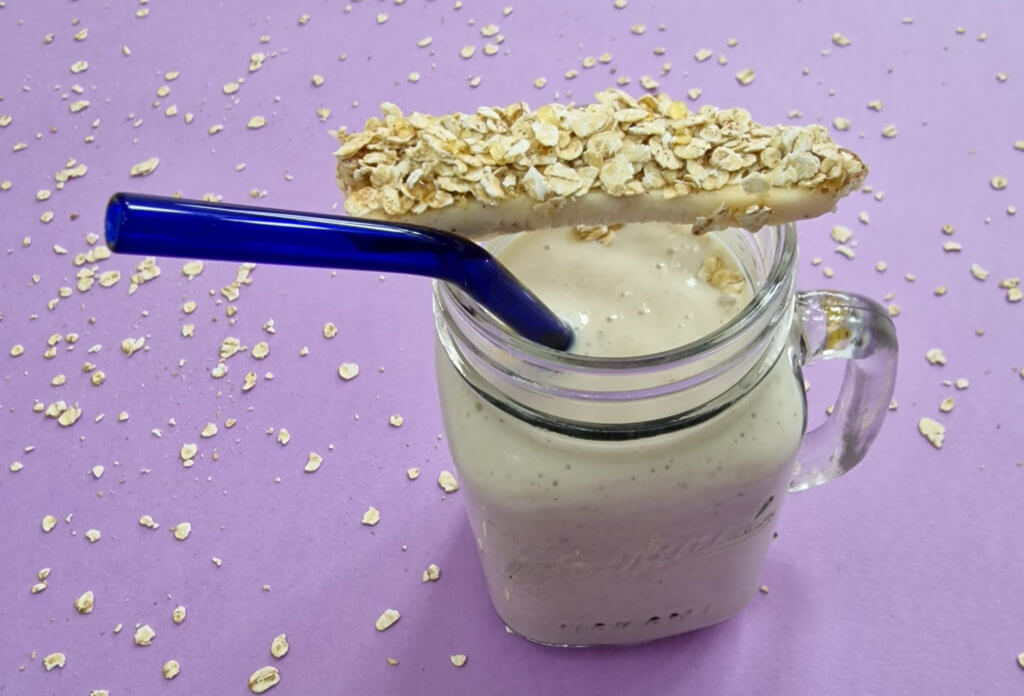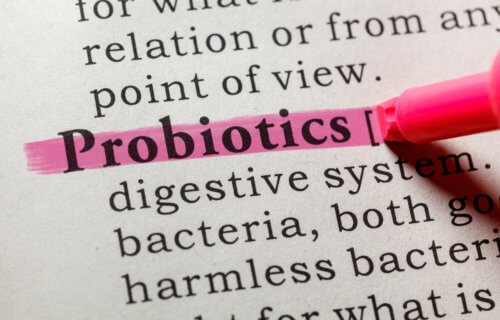If you go through any supermarket or health foods store these days, you’ll likely see lots of prebiotics and probiotics for sale. So, what exactly are these popular products? StudyFinds is breaking down everything you need to know about them and why these items are great for your gut health.
Probiotics are “live microorganisms that, when administered in adequate amounts, confer a health benefit on the host,” according to the International Scientific Association for Probiotics and Prebiotics.
Prebiotics, on the other hand, are not alive nor digestible by humans. However, they are sources of food for beneficial microbes — the probiotics. Meanwhile, postbiotics are metabolites of the probiotics or other microbes that you’ve ingested. Metabolites are substances necessary for metabolism.
One thing that prebiotics, probiotics, and postbiotics have in common is that all three are essential for supporting your gut microbiome. This is the collection of the microorganisms and their genetic material that occupy your gastrointestinal (GI) tract. Both beneficial and harmful bacteria live in the human body. The biotics, which are diet-related, work to increase the beneficial microorganisms, overtaking the effects of the harmful bacteria. Each of the biotics has a distinct purpose, although the three work together.
The health benefits of these biotics extend beyond the GI tract. There has been plenty of research into the characteristics of the biotics, with scientific data mounting about their health-enhancing roles in the immune system, in metabolic diseases such as high cholesterol, in mental health issues including depression, and in many other conditions. Individuals can modify the composition of their gut microbiomes – opening exciting new possibilities for disease management.

What foods are rich in probiotics?
Probiotics, as stated, are “live microorganisms that, when administered in adequate amounts, confer a health benefit on the host.” The host is the person who consumes them. The “live microorganisms” are the bacteria that have a health-promoting effect.
Foods rich in probiotics, in addition to promoting general gut health, have been shown to improve irritable bowel syndrome, prevent traveler’s diarrhea, increase nutrient absorption, synthesize vitamins, improve antibiotic-related diarrhea, and favorably affect prevalent infections, such as the common cold.
Lactobacillus and Bifidobacterium, and their dozens of strains, are, by far, the most common probiotic bacteria in use. Different strains have different uses, and it’s important to choose a probiotic for a particular need. If your goal is to improve constipation, but you choose a probiotic known to be effective for antibiotic-induced diarrhea, you may be disappointed. Consult with a healthcare provider knowledgeable about probiotics to make recommendations or use a reliable probiotic guide. You’ll find information about specific food products and supplements, the probiotic strains they contain, the health conditions they target, and how to use them.
Many foods naturally contain probiotics, especially fermented foods, such as kefir, yogurt, kimchee, and kombucha. Not all fermented foods, however, contain probiotics, including yogurts. Look for products labeled “contains live and active cultures.” Specific strains of bacteria printed on the label are especially reassuring that your choice has active microorganisms.
Other products with specific strains of probiotics added are called “functional foods.” These are defined as having benefits beyond simply providing nutrients, due to the addition of health-enhancing ingredients. Probiotics are also available as supplements. Your probiotic guide includes information about functional foods and supplements.
You might also be interested in:
Which foods make great prebiotics?
Prebiotics are sources of food for the beneficial microbes — the probiotics. They are usually forms of fiber or carbohydrates that humans lack the enzymes to digest, allowing them to move through the GI tract to be used by the probiotics.
Research has found that specific prebiotics enhance mineral absorption, immune function, and digestion, help regulate blood sugar, and decrease the risk of cardiovascular disease.
Consuming oats increases the numbers of bacteria which improve metabolic health and reduce absorption of cholesterol. Some components of onions, garlic, bananas, chicory root, Jerusalem artichokes, asparagus, wheat, barley, oats, and beans are natural prebiotics. They are also added to other foods — such as yogurts, cereals, breads, and beverages.
Postbiotics have their own healthy benefits
Postbiotics are metabolites of the probiotics or other microorganisms that you’ve ingested. When you consume probiotics and prebiotics, the microbes in your gut consume the undigestible prebiotic material, producing active compounds called postbiotics. Postbiotics can also be found in some infant formulas and supplements for adults.
Postbiotics also have their own specific physiological benefits, including anti-inflammatory, antioxidant, and anticarcinogenic properties. They help with water and electrolyte absorption, as well as enhance immune function. These are just some of the known effects. Research regularly reveals additional benefits.
Probiotic, prebiotic, and postbiotic supplements are not regulated by the United States Food and Drug Administration (FDA), so experts recommend consuming these supplements only under a doctor’s direction.

